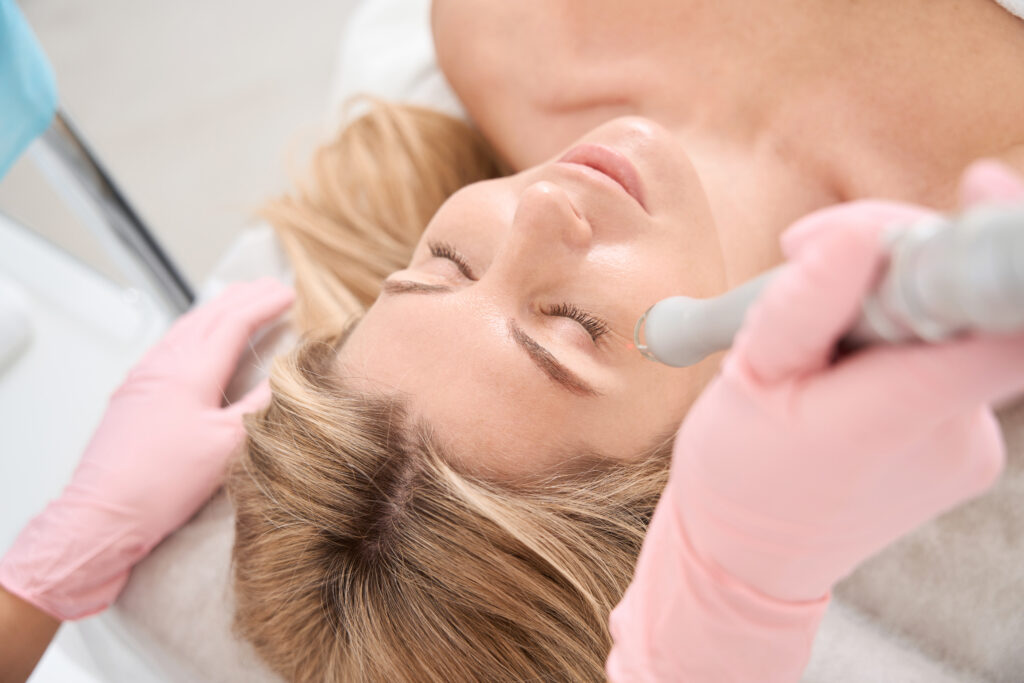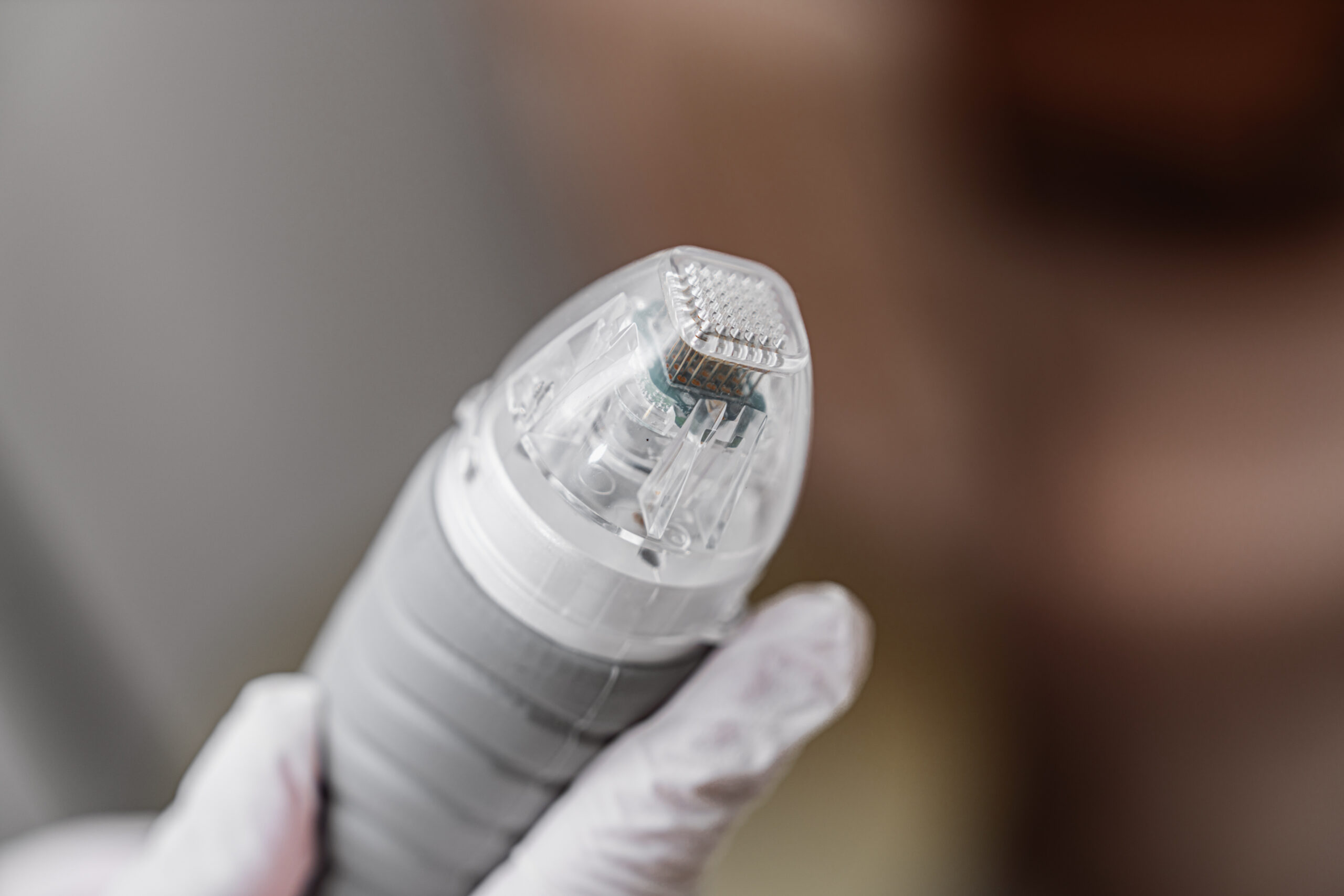CO2 Laser Resurfacing: Reducing Wrinkles and Tightening Skin
CO2 laser resurfacing is a cosmetic procedure designed to reduce wrinkles, fine lines, and tighten loose skin by stimulating the production of collagen, the protein that keeps skin firm. It uses a carbon dioxide (CO2) laser to remove the damaged outer layers of skin in a process called “ablative resurfacing.” As the skin heals, newer, healthier skin grows, leading to a smoother and more youthful appearance.

How does it work?
Preparation
Before starting, the doctor will clean the skin and apply a numbing cream or local anesthetic to reduce discomfort during the treatment. For deeper or more extensive treatments, sedation may be given to ensure the patient’s comfort.
Laser Application
During the procedure, the CO2 laser is applied to the target areas. The laser’s energy vaporizes the damaged outer layers of the skin while heating the underlying layers. This heat stimulates collagen production, which is crucial for tightening the skin and improving its texture.
Skin Regeneration
Over the next few weeks, the skin begins to heal and regenerate. Fresh, smoother skin appears in the treated areas, with visible improvements typically starting within 1-2 weeks. The skin’s appearance continues to improve over several months as collagen rebuilds.
Post-Treatment Care
After the procedure, the skin will feel red and sensitive, much like a sunburn. It’s essential to keep the treated area clean and moisturized, and you’ll need to avoid sun exposure to protect the new skin. The doctor may recommend using a gentle cleanser, applying special ointments, and avoiding makeup until the skin heals.
Recovery
Full recovery usually takes between 1 to 2 weeks, depending on the depth of the treatment. During this time, the redness will gradually fade, and the skin texture will become smoother and more even.
Results
The results of CO2 laser resurfacing can be long-lasting, with improvements in wrinkles, skin tightness, and overall texture. Results typically last several years, but since skin naturally ages, the effects aren’t permanent.

Risks and side effects
While CO2 laser resurfacing can be highly effective, it does come with potential risks. Common side effects include temporary redness, swelling, itching, and peeling. More serious risks, though less common, include scarring, changes in skin color, and prolonged redness. Individuals with darker skin tones may face a higher risk of pigmentation changes, making it crucial to consult with a qualified professional.


